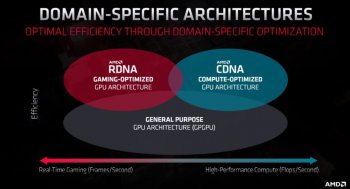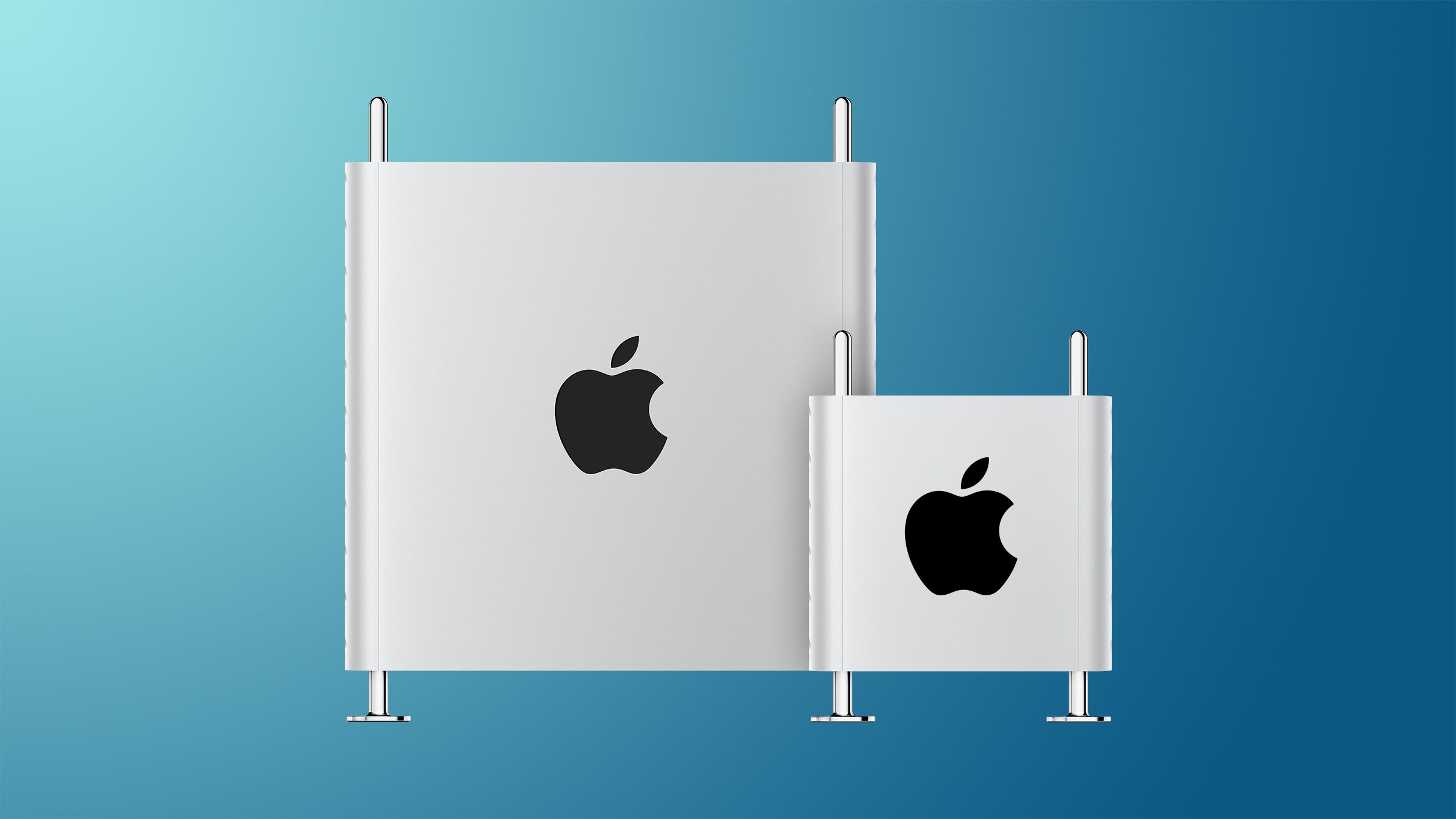Summarizing the cautionary posts: First, Apple may not update the 7,1 any time soon regardless of what technologies become available. Second, any near-term updates would be unlikely to yield dramatic improvements in actual practice.
If one has been hanging on with a 4,1 to 6,1 all these years, what should one do? Get a 7,1 at launch and enjoy it, or sit on the old machine waiting "just one more year" (and then another, and another?) hoping for something that just has to be right around the corner, and feeling angry all that time because Apple still hasn't given you precisely what you think they must?
I don't pour over road-maps, but I'm not going to stress about it. Either I'll get a 7,1 at launch or I'll pass on it without looking back. No more "one more year" syndrome!
If one has been hanging on with a 4,1 to 6,1 all these years, what should one do? Get a 7,1 at launch and enjoy it, or sit on the old machine waiting "just one more year" (and then another, and another?) hoping for something that just has to be right around the corner, and feeling angry all that time because Apple still hasn't given you precisely what you think they must?
I don't pour over road-maps, but I'm not going to stress about it. Either I'll get a 7,1 at launch or I'll pass on it without looking back. No more "one more year" syndrome!



